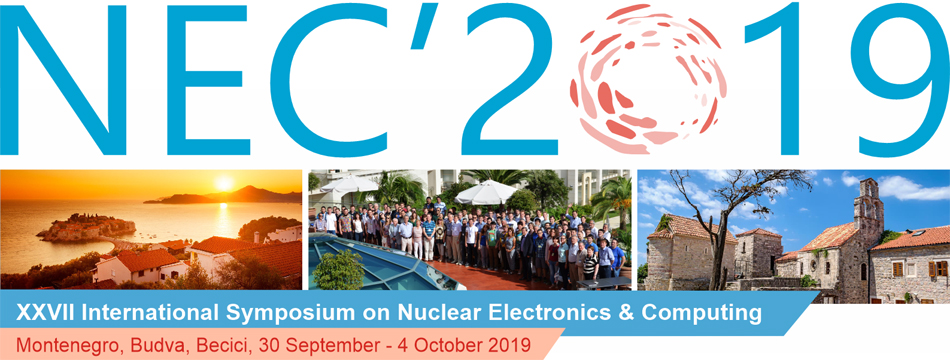Speaker
Dr
Roumyana Hadjiiska
(Bulgarian Academy of Sciences - INRNE)
Description
The CMS (Compact Muon Solenoid) experiment, at the Large Hadron Collider (LHC) in CERN explores three different gaseous detector technologies in order to measure and trigger muons: Cathode Strip Chambers (in the forward regions), Drift Tubes (in the central region), and Resistive Plate Chambers (both its central and forward regions). The CMS RPC system provides information to all muon track finders and thus ensure the robustness and redundancy to the first level of muon triggering. Different approaches have been used to monitor the detector stability during the Run-2 data taking. The summary of the CMS RPC detector performance will be presented in terms of the main detector parameters – efficiency and cluster size, including the background measurements as well.
Author
Dr
Roumyana Hadjiiska
(Bulgarian Academy of Sciences - INRNE)

